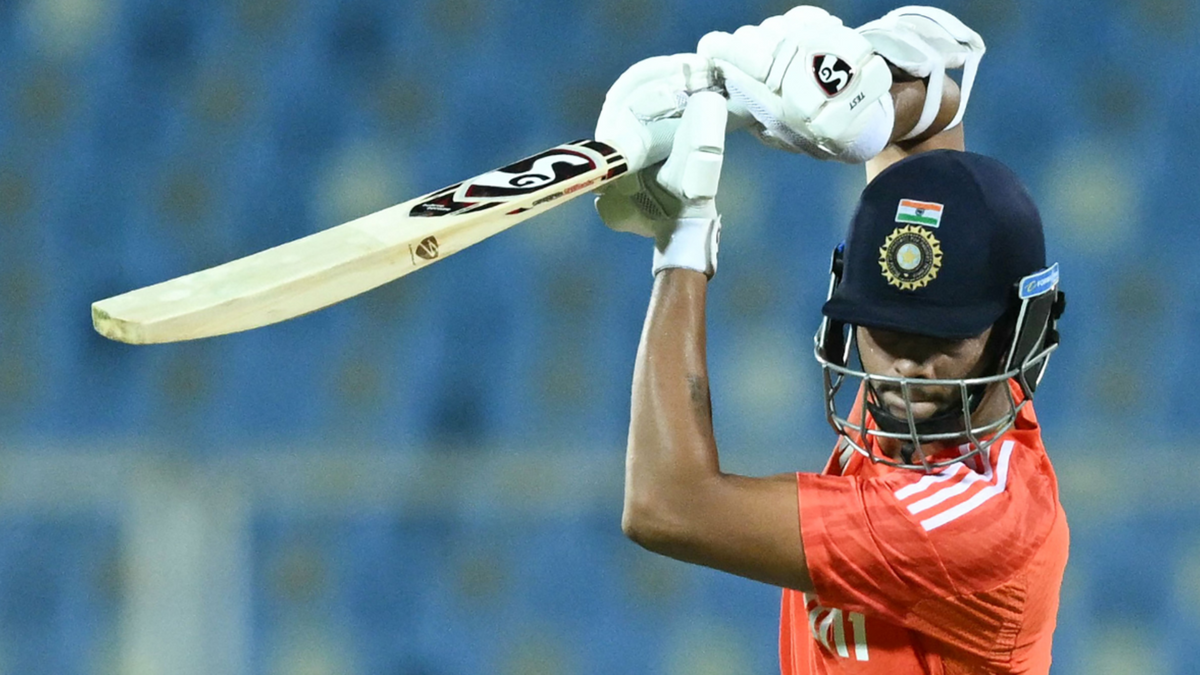
India have named three squads for their upcoming all-format tour of South Africa. Here are the main talking points from the white-ball portion of the announcement.
While India’s Test squad is full-strength from those available, the white-ball groups are not. The ODI squad is noticeably second-string, with the next World Cup four years away, and even with a T20 World Cup fast approaching, there are key absentees from that group as well.
According to the BCCI, Virat Kohli and Rohit Sharma have asked for rest from the white-ball leg of the tour. Had the BCCI not made that clear, speculation over their futures would have reached fever pitch, but their continued absence in T20I cricket remains a point of debate. Rohit, officially, is still the all-format captain. Kohli is India’s greatest all-format star. Both will end 2023 without a T20I appearance.
There are questions over the suitability of each of them in the format, with Kohli’s anchor role and struggles against spin in the middle overs under scrutiny, and Rohit having never cracked the Indian Premier League, even while his international record is formidable. India’s strength in depth is formidable. It remains to be seen if they have been quietly moved aside, or if they will slot back in when the main event rolls around.
Beyond them, there are players absent who will undoubtedly be first choice in the USA and the Caribbean. Jasprit Bumrah, for example, who India are right to use sparingly. Still, the lack of a press conference or release makes it hard to work out who has been rested, and who has been left out. KL Rahul, in both of the other two squads, is a noted absence. Ravindra Jadeja, Ravi Bishnoi and Jitesh Sharma are in the T20I squad but not in the ODI squad. For Axar Patel, Yuzvendra Chahal and Sanju Samson, the opposite is true.
Given India’s obscene resources, it makes sense to give a go to as many players as possible. But some decisions still raise an eyebrow. For example, it is odd that Yashasvi Jaiswal can have the start he has had in Tests and T20Is but not yet find a space in the middle format.
[breakout id=”0″][/breakout]
Some of this can be explained by India’s squeezed tour schedule, with a three-day intra-squad Test warm-up running alongside the ODIs. There is still some overlap between the squads, and it is not just the fringe Test players who have been made available in ODIs, since at least one of Shreyas Iyer and Rahul is all but certain to start the series.
Amongst all this sifting of hierarchy, the individual stories shouldn’t be missed. There’s Chahal, left out in ODIs since January, playing in the County Championship as his flame faded but winning a recall now. There’s Samson, an IPL phenom, who has been given a game here and there in T20Is but failed to catch light, and who is now persistently overlooked. There’s Rinku Singh, the archetypal T20I finisher, now given a chance in the longer white-ball format.
India are always playing cricket somewhere, but these games should matter. For the ODIs, it’s a chance to get experience in the venue for the next World Cup. For the T20Is, that time until the next World Cup will quickly disappear. There’s plenty for India to learn, and plenty to be learned about their thinking already.








